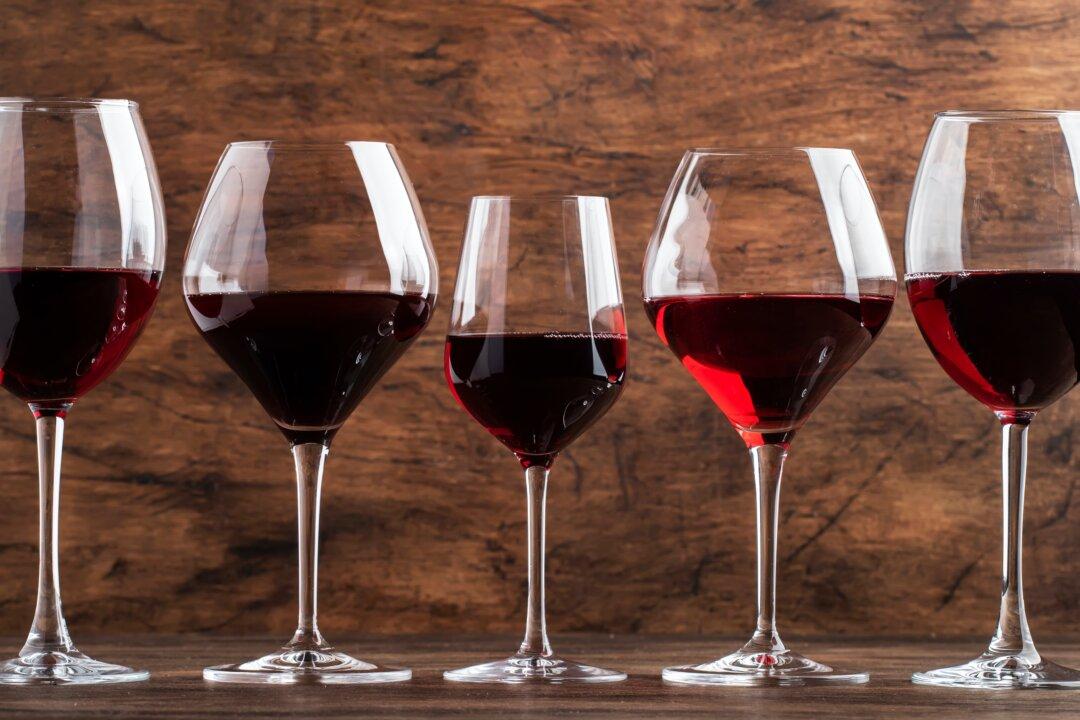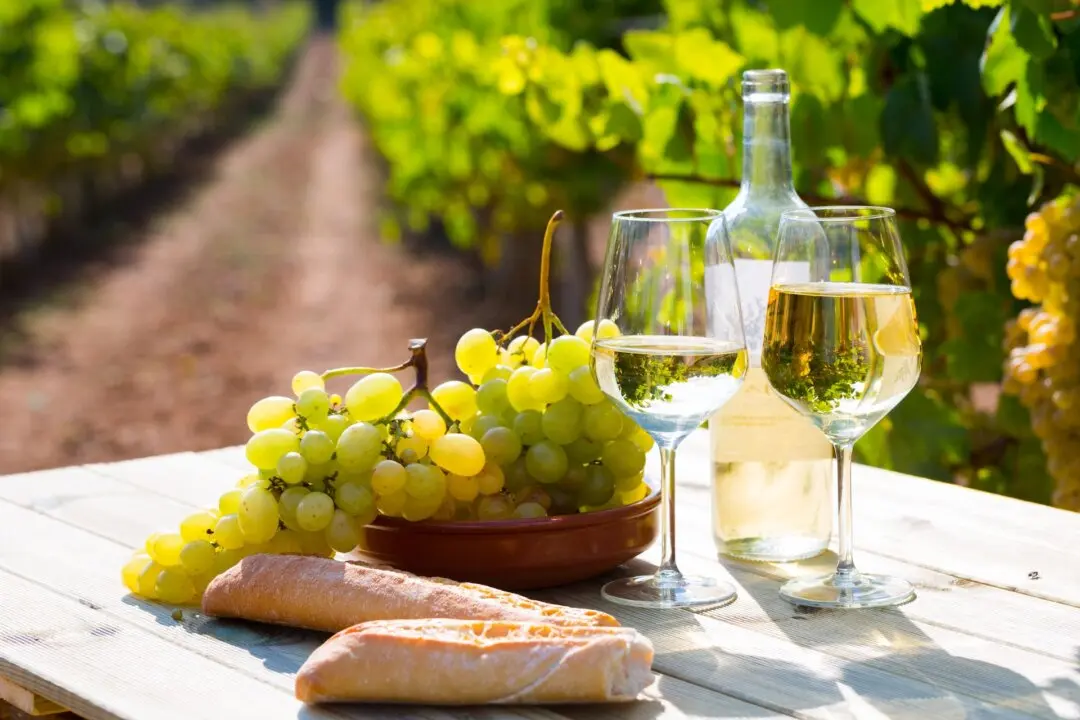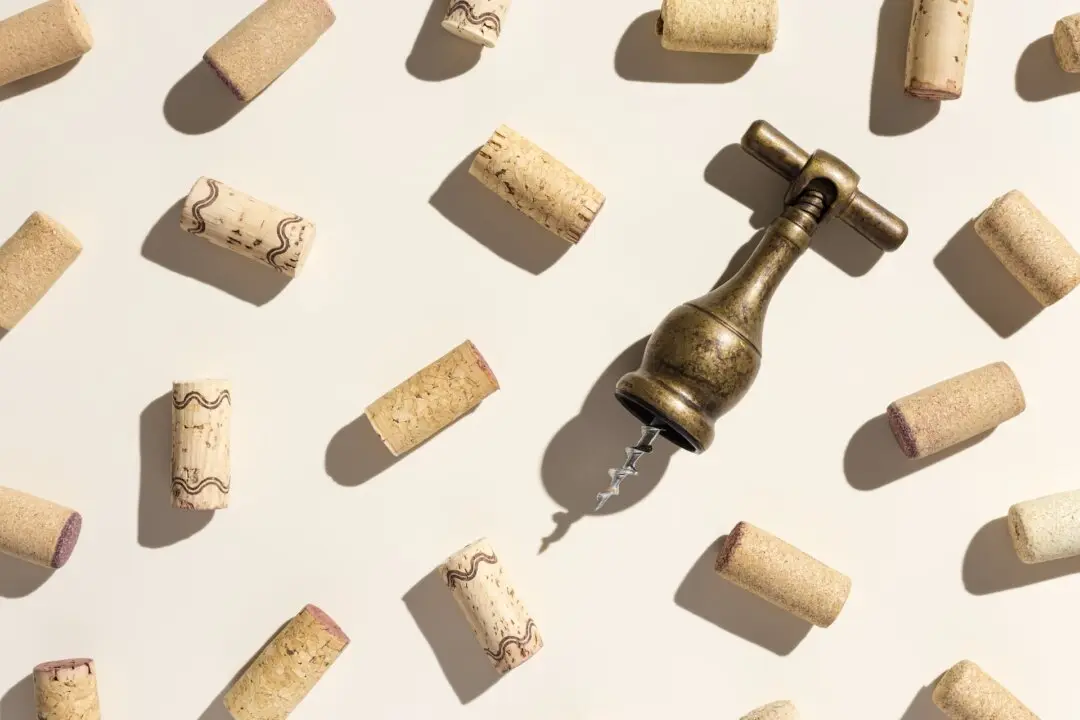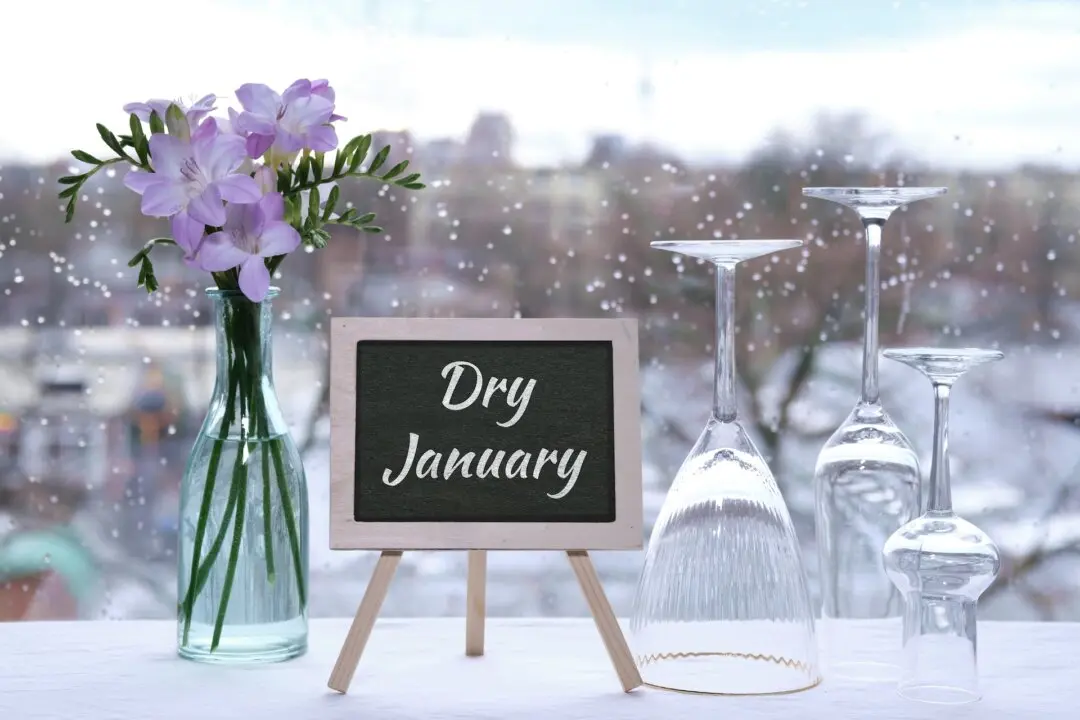As the weather begins to turn colder and our thoughts turn to heartier foods, including beef stew, steaks, and other red meats, we begin to think more of red wine as our dinnertime companion.
Not that red wine doesn’t play a major role for most people year-round, but in the hottest days of spring and summer, and even early fall, the cooling effects of white wines and rosés seem to be far more appropriate.





